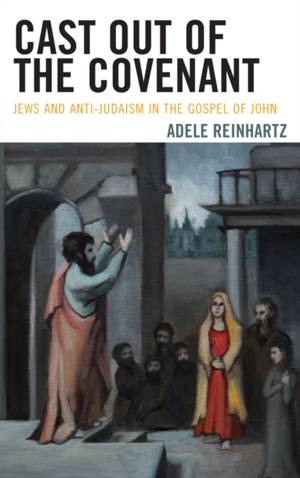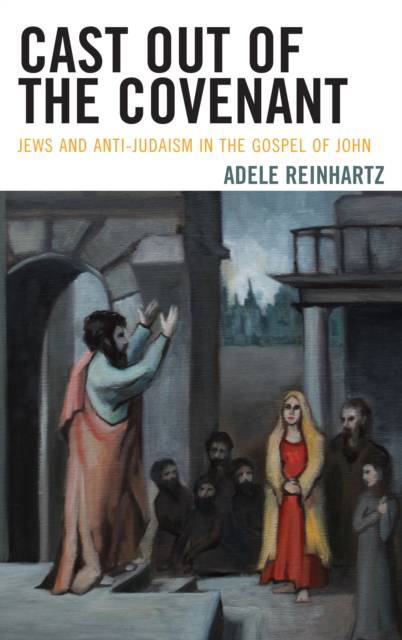
- Retrait gratuit dans votre magasin Club
- 7.000.000 titres dans notre catalogue
- Payer en toute sécurité
- Toujours un magasin près de chez vous
- Retrait gratuit dans votre magasin Club
- 7.000.000 titres dans notre catalogue
- Payer en toute sécurité
- Toujours un magasin près de chez vous
Cast Out of the Covenant
Jews and Anti-Judaism in the Gospel of John
Adele Reinhartz
Livre broché | Anglais
81,45 €
+ 162 points
Format
Description
In this book, Adele Reinhartz argues that the Gospel of John is a rhetorical work that aims to persuade its audience not only to believe in Jesus but also to separate themselves from the Jews. This program accounts for the Gospel's pervasive Jewishness as well as its anti-Jewish statements.
Spécifications
Parties prenantes
- Auteur(s) :
- Editeur:
Contenu
- Nombre de pages :
- 248
- Langue:
- Anglais
Caractéristiques
- EAN:
- 9781978701199
- Date de parution :
- 07-07-20
- Format:
- Livre broché
- Format numérique:
- Trade paperback (VS)
- Dimensions :
- 150 mm x 226 mm
- Poids :
- 376 g







